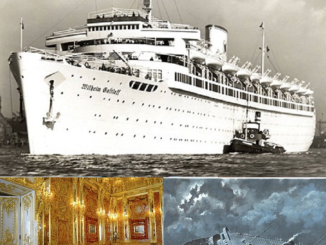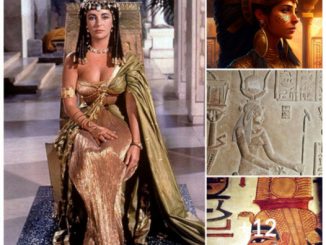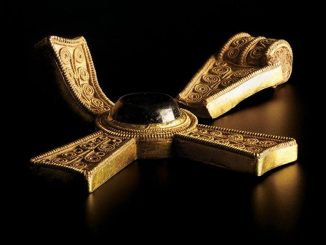Professor Cabrera pointed to another group. What I saw took my breath away. What does the clay statue depict? What served the artist as his model? Is a heart taken from a human body and another person’s chest opened to receive the heart? Does the sculpture depict a heart transplant?
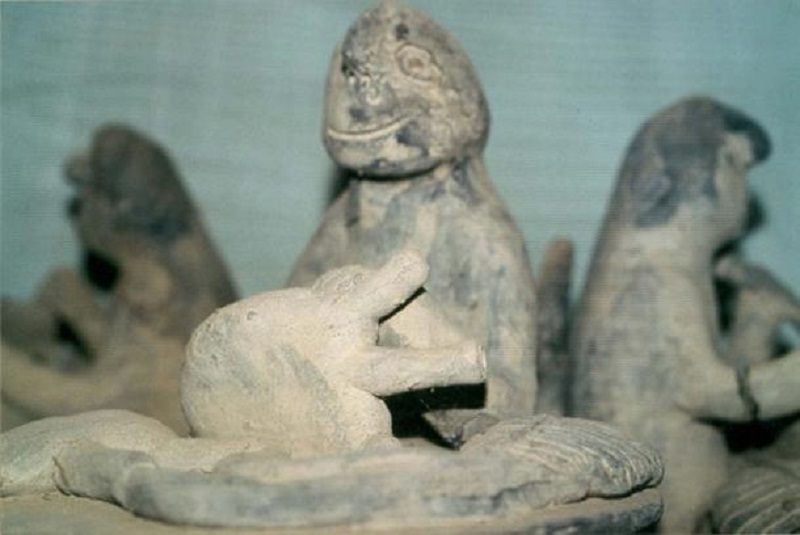
What are these people doing? (© Walter Langbein)
My surprise made me say to Professor Cabrera: “No way! This just might not be possible…”
Are we dealing with a fake? Because, the sculpture certainly does not depict religious human sacrifice. I have to agree with Professor Cabrera. The original human sacrifice to the gods would have been nothing like this. The sculptures actually depict surgeons operating on humans. Are they doing a heart transplant? But who is said to have performed heart surgeries in ‘old Peru’ thousands of years ago, let alone heart transplants? Professor Cabrera firmly believes that: in the area of present-day Peru, there existed a very advanced civilization, an ancient culture, long before us.
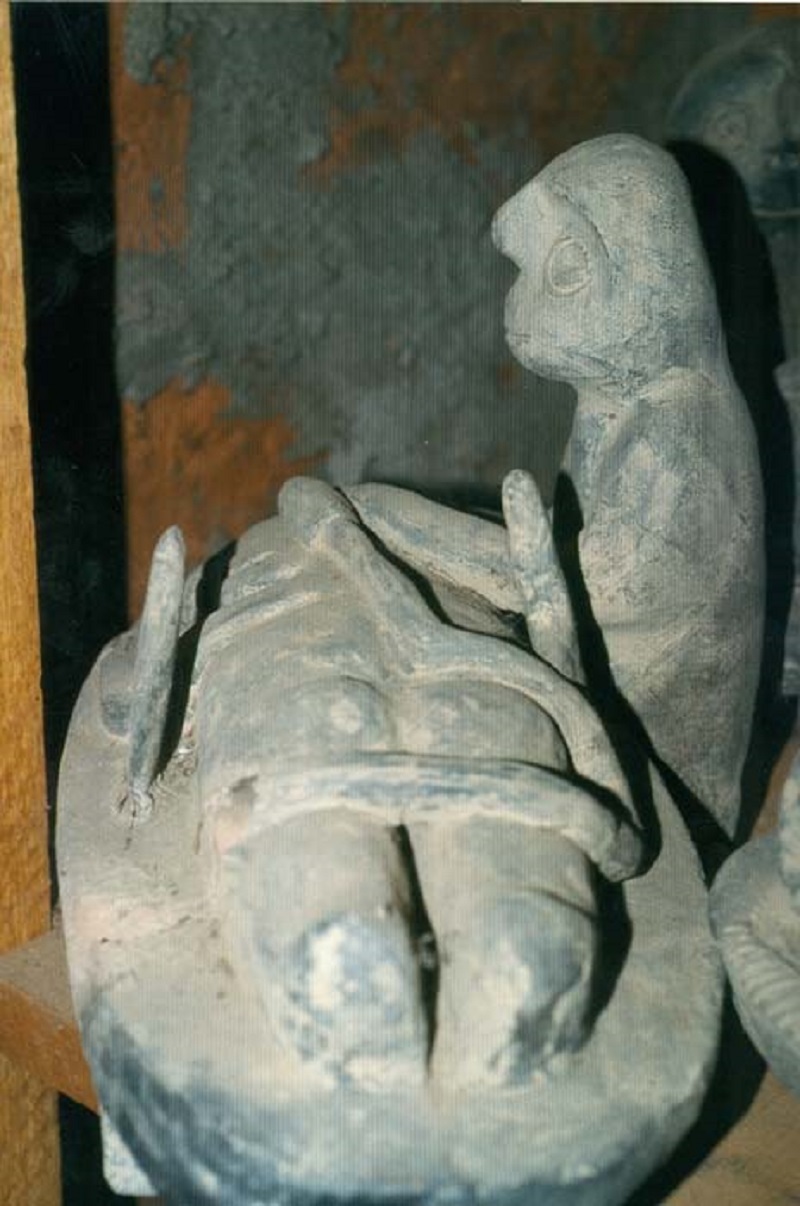
Strange sculptures in a secret collection. (© Walter Langbein)
The artwork seems to tell a story. Are we capable of reading and understanding clay sculptures like a book?
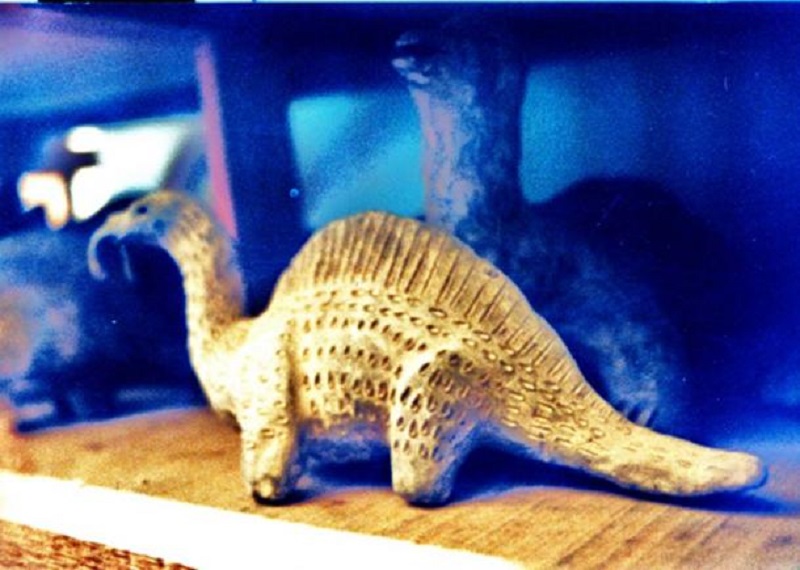
What appears to be a dinosaur sculpture in a collection of strange artifacts. (© Walter Langbein)
investigate
For many years, only the carved stones in Professor Cabrera’s collection were known. He kept the clay sculpture a secret. Thousands of stones, along with thousands of other engravings, were displayed in the Cabrera museum in Ica, located in the Plaza de Armas, often bearing fantastical motifs.
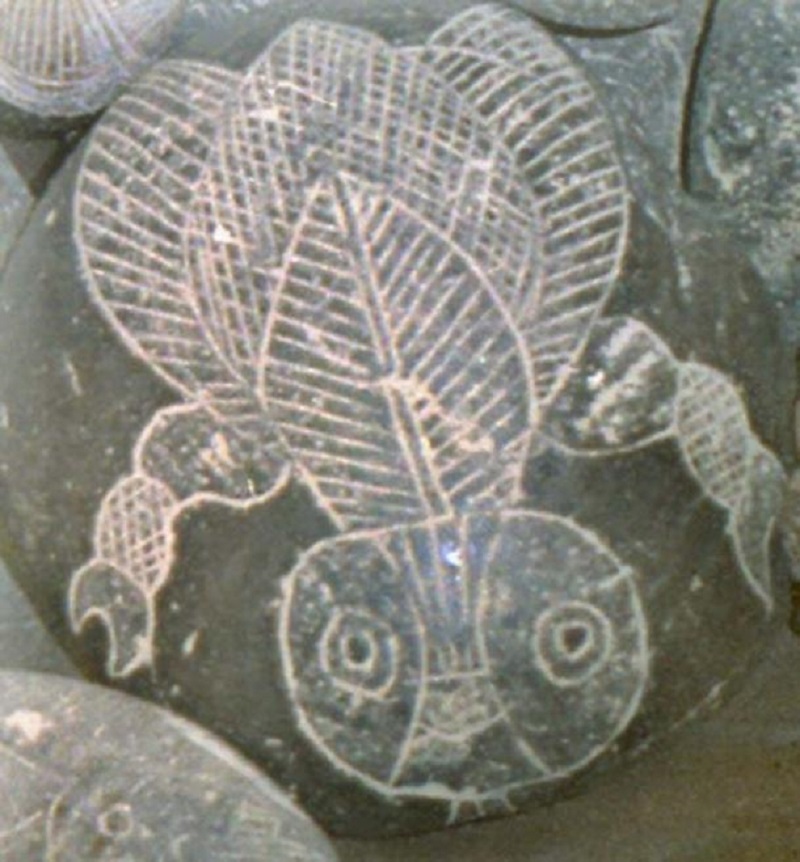
Stone engraved with bees or insects? (© Walter Langbein)
Among other things, they also depict extremely complex surgical procedures, but with an amount of fine detail that clay artists cannot create for their three-dimensional works. Coarse clay simply does not allow that to happen. So clearly the artists carved the drawings into the solid rock with an incredible amount of recognizable detail. Both clay sculptures and stone carvings depict similar motifs; they may have been created at about the same time. But when?
In the summer of 1967, Compania Minera Mauricio Hochschild conducted an investigation of the carved stones in Professor Cabrera’s collection. Geologist, Dr. Erik Wolf, was responsible for analyzing the oxidation layer that had formed on or over the etchings, etchings, and layers located within the grooves; The drawings have been covered with a very thin layer of natural ‘glaze’. There is no doubt about it: therefore, the engravings must be older than the oxidation layer.

Engraved stone block in Professor Cabrera’s collection. (© Walter Langbein)
Even if it is almost impossible to directly determine the age of the carvings, dating the oxidation layer would be of great help. The result shows the MINIMUM AGE of the drawing. In addition to Dr. Erik Wolf, the Institut für Mineralogie und Petrographie an der Universität Bonn also conducted the tests. The result: these carvings must have been carved into the rock at least 12,000 years ago. They are therefore 12,000 years old…or more.
Walter J. Langbein is the author of some 60 nonfiction books on the mysteries of the world, many of which have become bestsellers in Europe.
